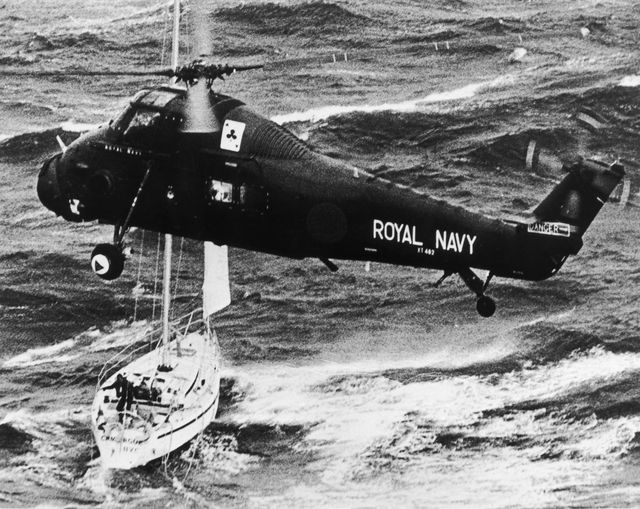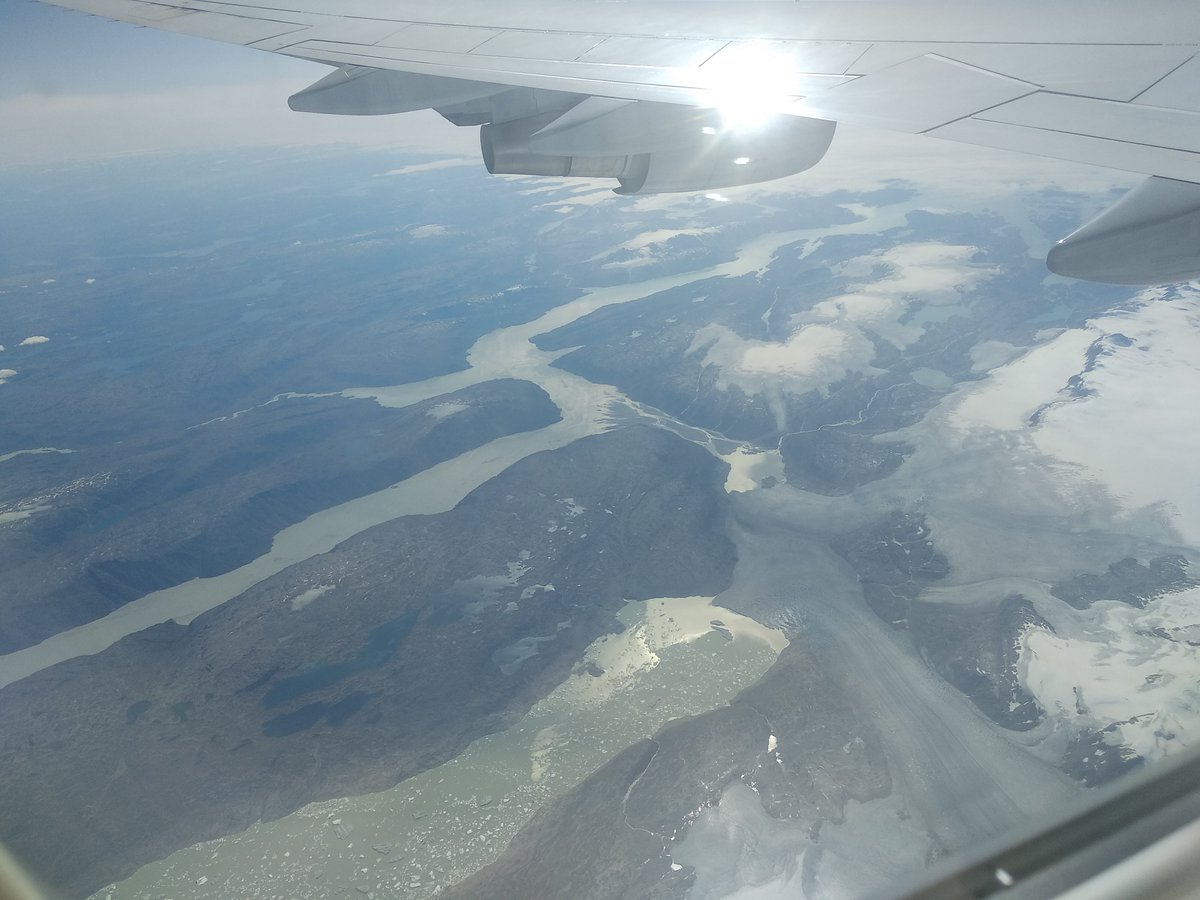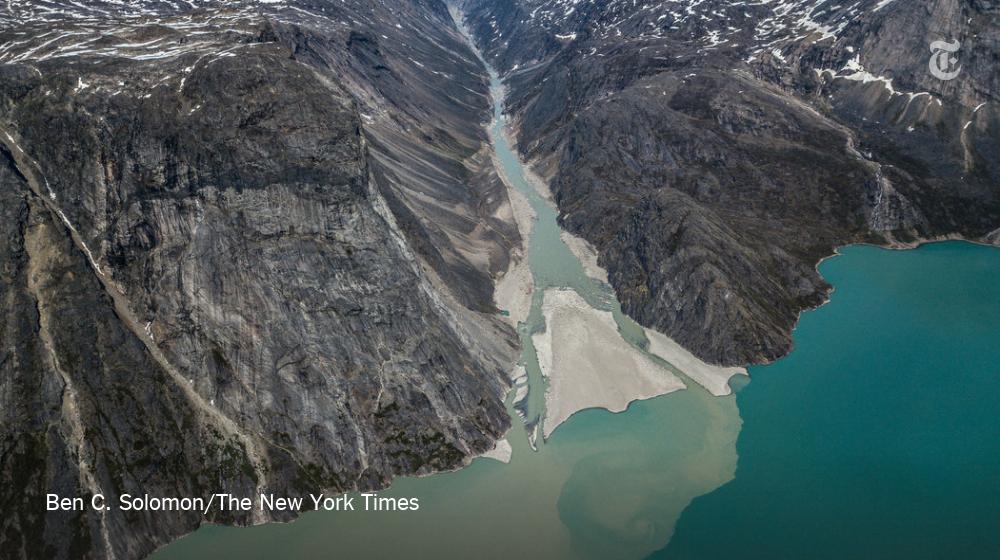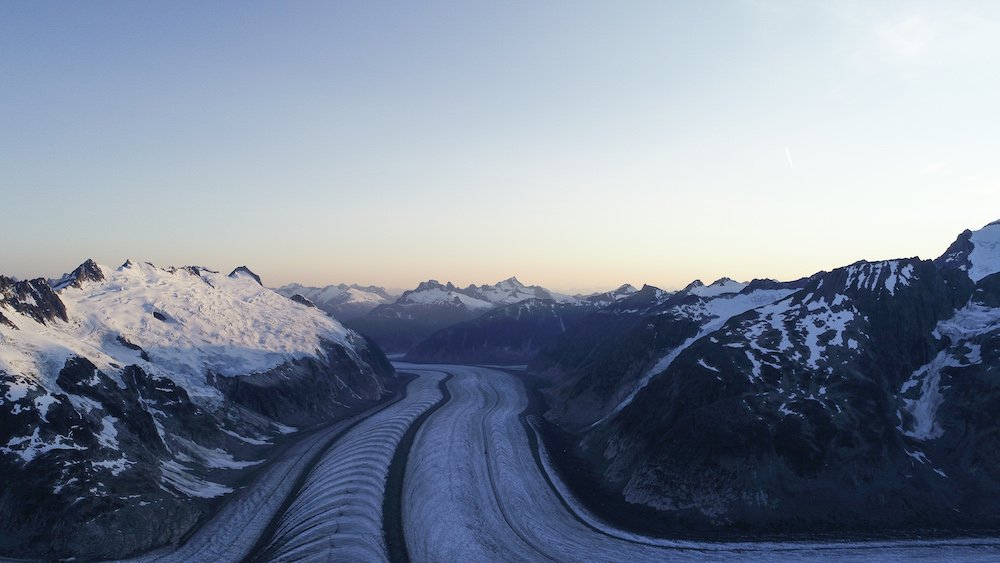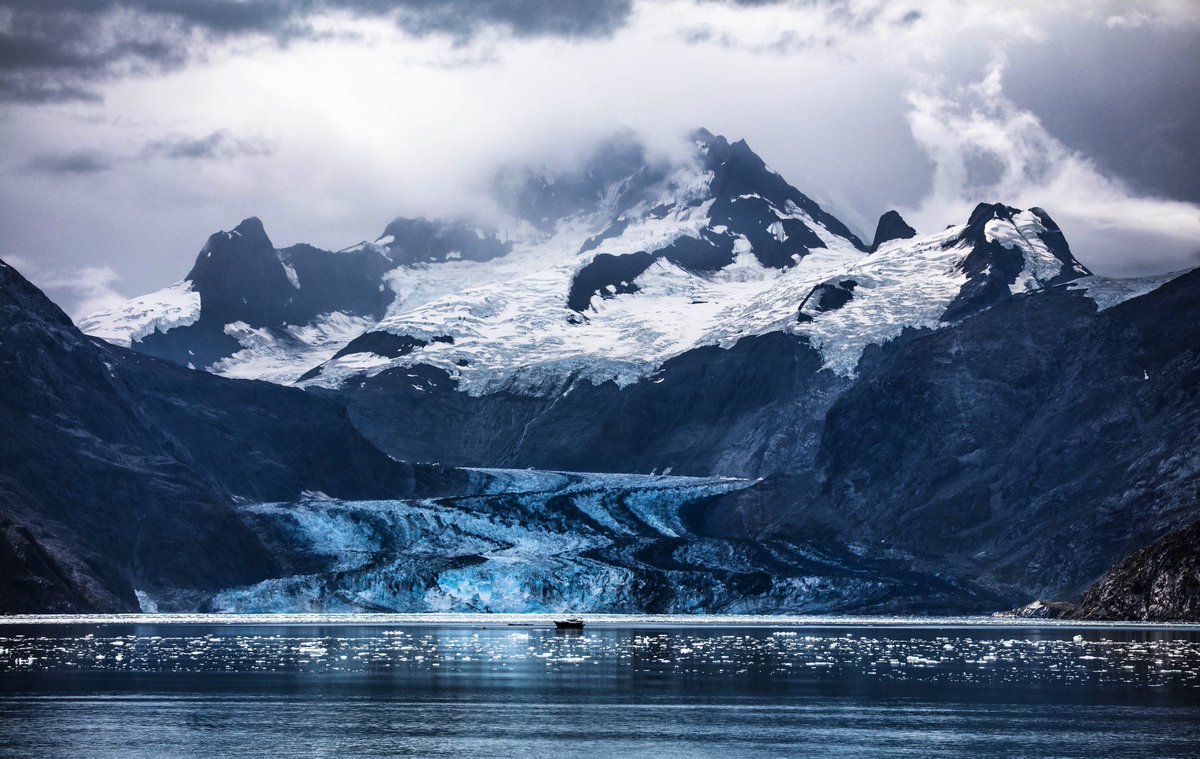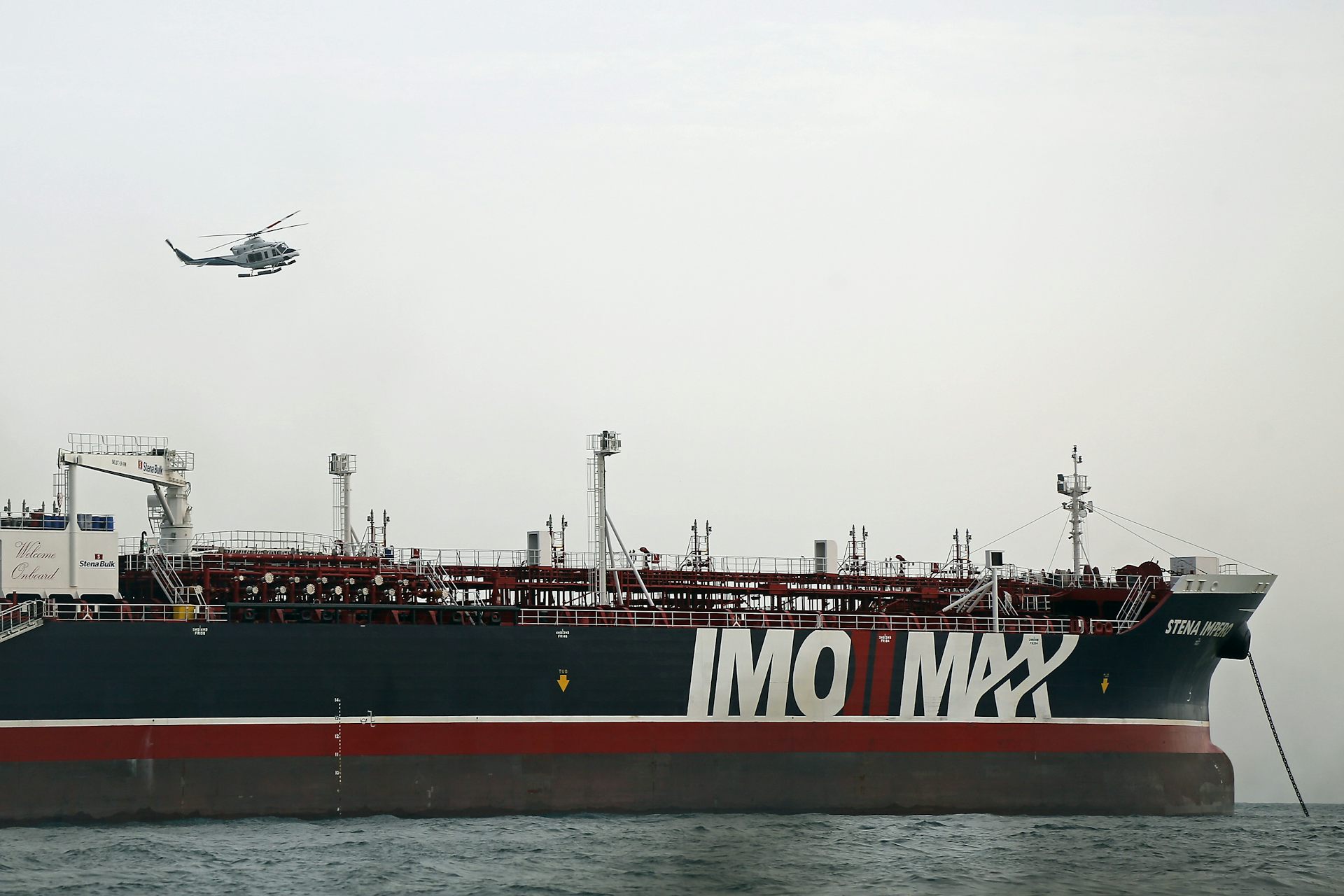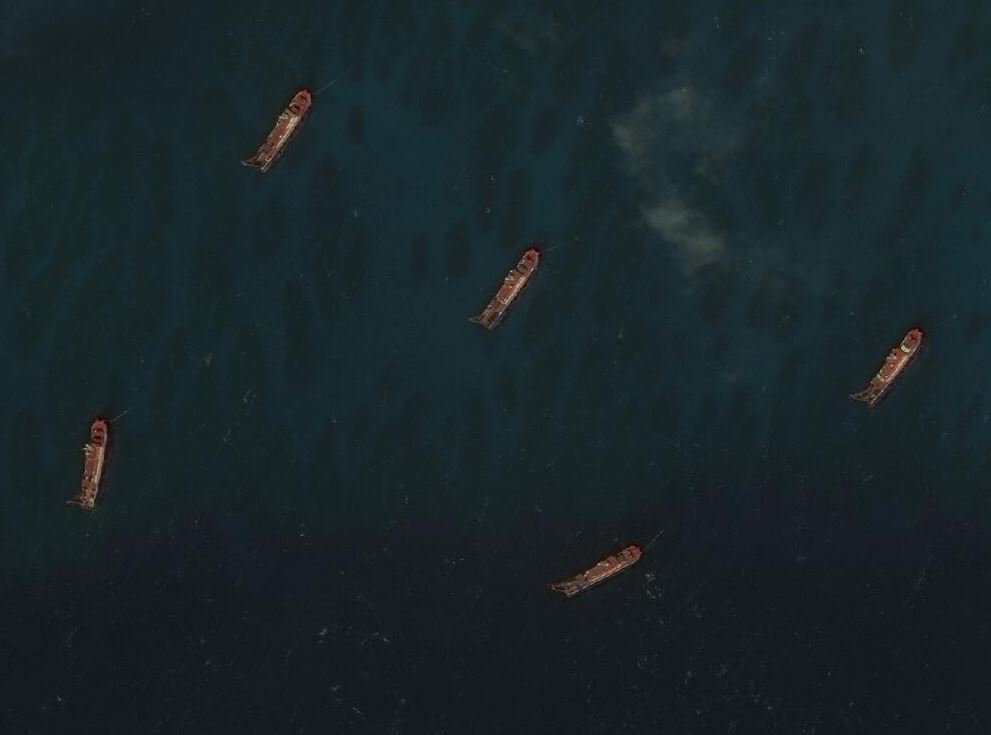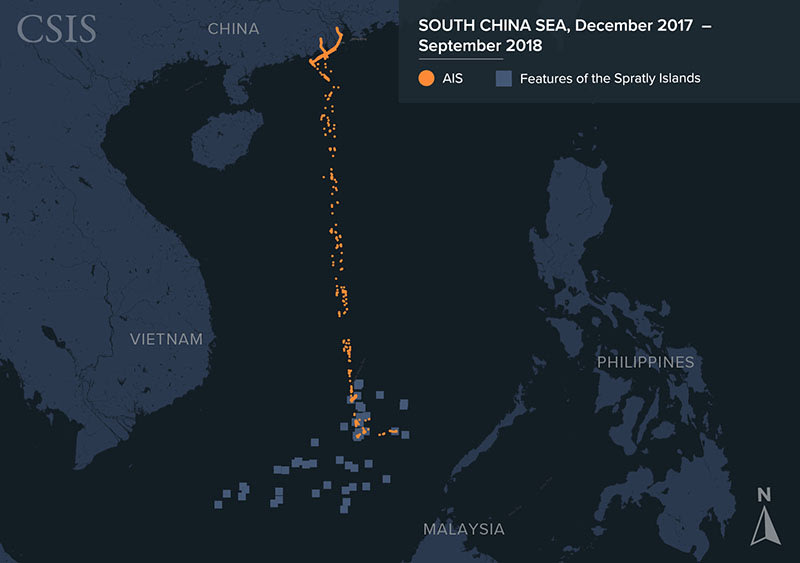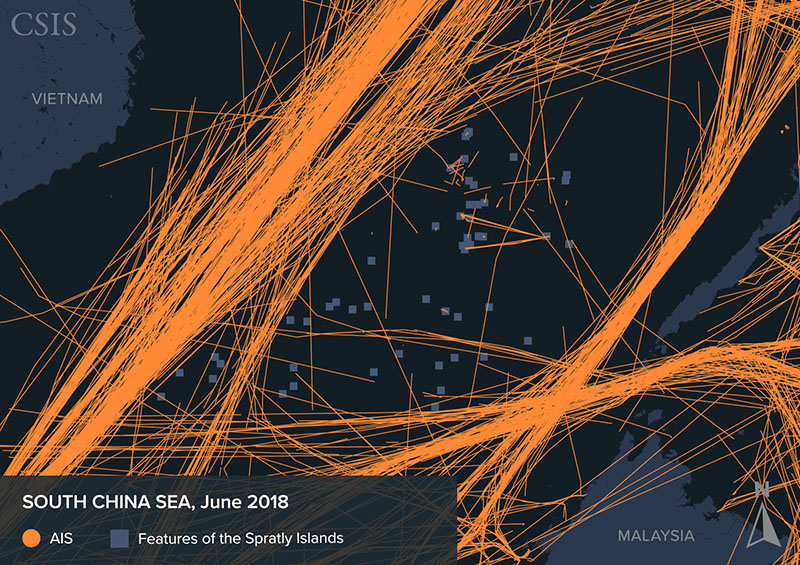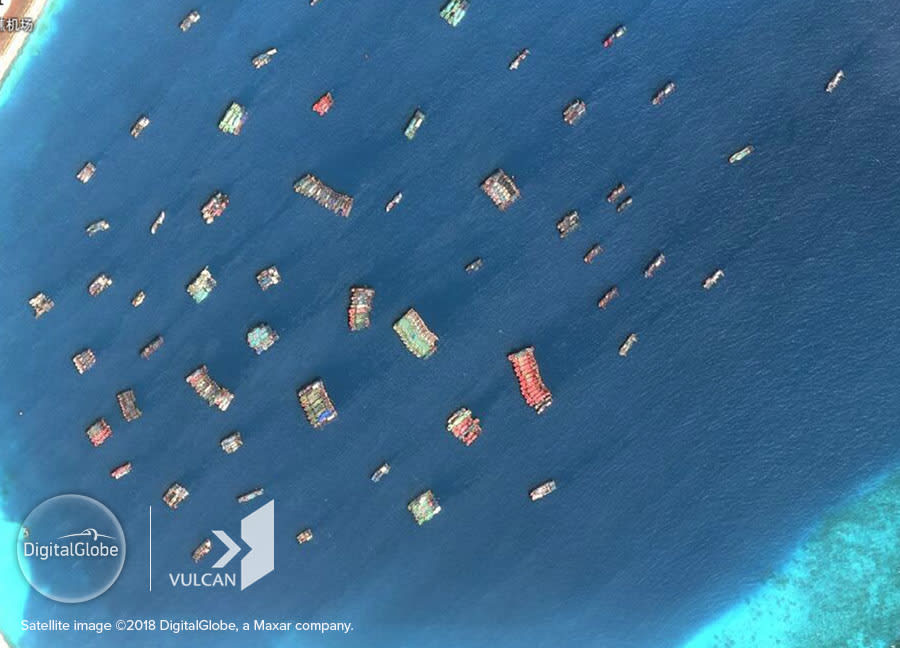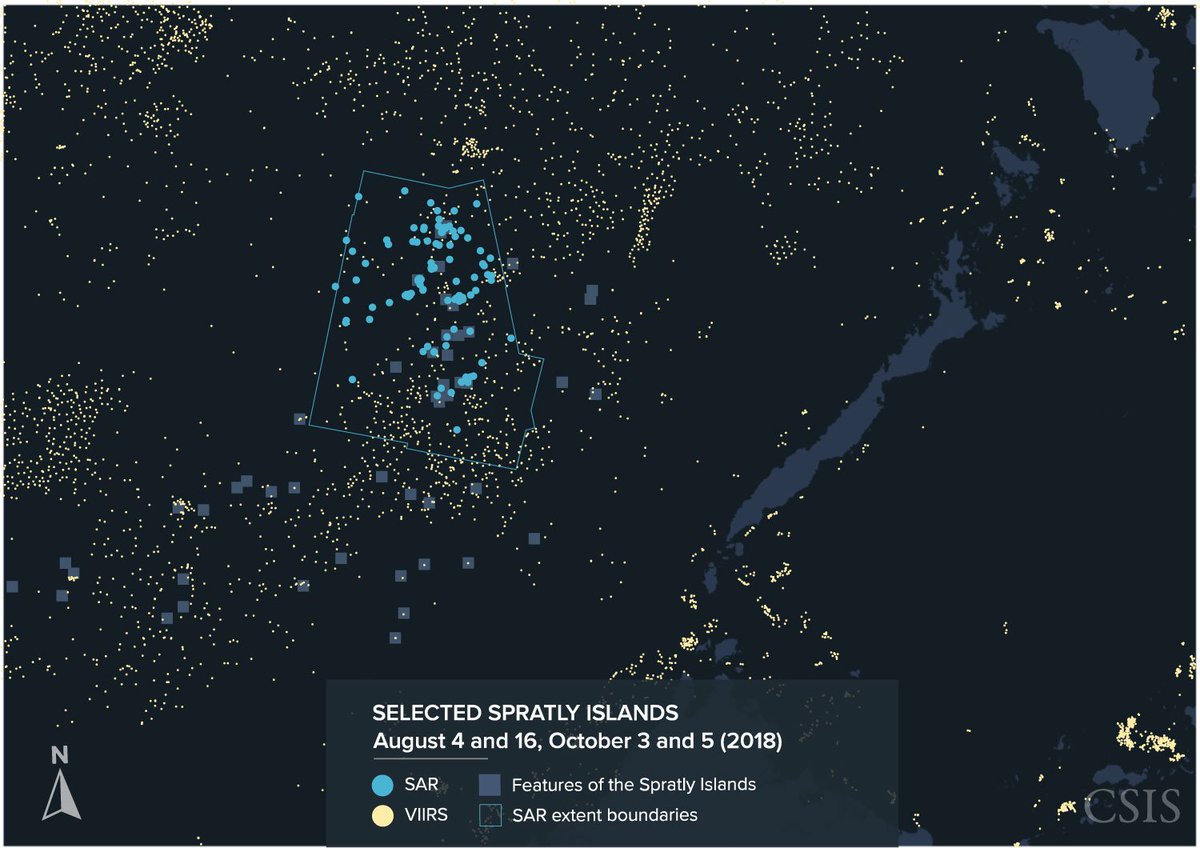Theatre of the World features a small drawing of Ferdinand Magellan’s ship, Victoria
(Credit: Rossi Thomson, by permission of the Biblioteca Civica Bertoliana – Vicenza)
From BBC by Rossi Thomson
Essentially travel guides, these old books and maps were used by sailors, academics and travellers in the 15th and the 16th Centuries to navigate and explore the world.
Checking a navigation mobile app to quickly establish how to get from point A to point B has become second nature to us.
Measured in megabytes, the world now fits in our pockets.
It is quite astonishing, then, to see first-hand that only a few centuries ago geographical knowledge was yet to be fully charted, and how religious beliefs and fear of the unknown co-existed with burgeoning scientific know-how.
“Look here,” said Mattea Gazzola as her gloved hand pointed to the 570-year-old planisfero (a planisphere, or spherical world map) in front of us.
“To the east is the Biblical Paradise depicted as a walled town dotted with towers.
To the south is an unbearably hot impassable desert, and to the north lies another desert uninhabited due to extreme cold. In the centre of the world is Jerusalem.”
Giovanni Leardo’s planisphere is based on Ptolemy’s geocentric model
(Credit: Rossi Thomson, by permission of the Biblioteca Civica Bertoliana – Vicenza)
This world map, which dates to 1448 and was authored on parchment by Venetian cartographer Giovanni Leardo, is both beautiful and intriguing.
Combining Ptolemy’s geocentric model (the idea that the Earth is at the centre of the Solar System), Christian beliefs, pagan symbols, Arabic geographical theories and scientific formulas, it represents the continents as they were then-known by Europeans, surrounded by a big ocean.
Six concentric circles drawn around the world and filled in with tiny, neat numbers and letters allow the user to calculate when Easter takes place, the months of the year and the phases of the moon.
The Italian word ‘planisfero’ comes from the Latin planus (flat) and sphaera (sphere), and there are only three known of these world maps hand drawn and signed by Leardo.
The oldest one (1442) is held at the
Biblioteca Comunale in Verona; the newest (1452) is kept by the
American Geographical Society Library; and the middle one (1448) takes pride of place in the collection of the
Biblioteca Civica Bertoliana in Vicenza, a smaller Italian city sandwiched between Venice and Verona.
Housed in a former Somascan monastery, the archive of Biblioteca Civica Bertoliana contains thousands of rare books and manuscripts.
If placed in a line, they would stretch more than 19km.
Over the centuries, these tomes were donated to the library by the rich noble families of Vicenza, a city known for its architectural heritage, historical silk and jewellery trades, as well as its allegiance to the Republic of Venice during its maritime heyday.
Now, some of the most precious and intriguing of these books and manuscripts lay on a wide, old-fashioned desk in front of me in the dusky room of the library's archive.
Essentially travel guides, these books and maps were used by sailors, academics and travellers in the 15th and the 16th Centuries to navigate and explore the world.
Leafing through them, Gazzola – the library's archivist – told a story.
A new era of mapping the world
Between the invention of the printing press in c. 1440 and the Age of Exploration reaching one of its pinnacles in the late 15th and early 16th Centuries, a revolution took place in the art of mapping and describing the world.
First-hand knowledge gained through seafaring, commerce, geographical discoveries, complex mathematical calculations and even religious pilgrimages to the Holy Land came flooding in and changing the outlines of the maps of the times.
Within 150 years, the geographical model of Leardo's planisfero was left behind, and the world more or less as we know it today emerged.
An important step along the way was the publication (in 1475 in Vicenza) of the first printed edition of Ptolemy's Geography in Latin.
Claudius Ptolemy, a 2nd-Century Greco-Roman mathematician, astronomer and geographer, had described the world known to the Roman Empire at the time and assigned geographical coordinates to all places.
As such, Earth was a strip of flat land about 70 degrees wide with Cadiz to the west and India or Cathay (China) to the east.
Maps based on Ptolemy’s Geography facilitated the exploratory travels during the 15th Century
(Credit: Rossi Thomson, by permission of the Biblioteca Civica Bertoliana – Vicenza)
Ptolemy's work was re-discovered by Byzantine scholar Maximus Planudes in the 13th Century, and for hundreds of years Ptolemy was held as the supreme authority on all things cartographic and geographical.
Unfortunately, his original maps had been lost, and Planudes recreated them on the basis of the written text and coordinates.
After Ptolemy's Geography had been translated from Greek into Latin in 1406 by hand, more maps were drawn by many different cartographers based on Ptolemy’s text, coordinates and mathematical calculations.
These maps facilitated the exploratory travels during the 15th Century and led to a renaissance in cartography.
The 1475 Vicenza edition of Ptolemy's Geography didn't include the maps (only his original text and coordinates).
Instead, Gazzola showed me a later edition of the seminal work published in Rome on 4 November 1490.The large and heavy tome is interspersed with 31 detailed printed maps which had been coloured by hand in yellow and ochre tones for the lands and blue shades for the seas.
Typically for an incunabulum (the term used to designate the earliest printed books, especially ones before 1501), the book doesn't have a frontispiece.
Just like a manuscript, this early edition of Ptolemy's Geography starts directly with the text without any preface.
“Frontispieces giving the name of the author, the work and the printing date only really started being used after 1500,” Gazzola explained.
This is when the Venetian humanist scholar and publisher Aldus Manutius revolutionised the printing world.
“The modern book starts with him.” In the era of the Venetian dominance over the Adriatic and the Mediterranean seas, Manutius established the printing office Aldine Press (in Venice), was the first to introduce italics fonts, and published more than 130 books in Greek and Latin.
A harbinger of modern-day travel guides
The next travel book Gazzola showed me had a detailed, beautifully printed frontispiece.
And a very long title: Quae intus continentur Syria, Palestina, Arabia, Aegyptus, Schondia, Holmiae, Regionum Superiorum Singuale Tabulae Geographicae.
Jacobus Ziegler’s work includes descriptions aimed to help travellers to the Biblical lands
(Credit: Rossi Thomson, by permission of the Biblioteca Civica Bertoliana – Vicenza)
Written by the Bavarian humanist and theologian Jacobus Ziegler and published in 1532 in Strasbourg, this is a harbinger of modern-day travel guides.
The book includes a detailed description of the Biblical lands and aims to help pilgrims on their travels through them.
It contains information about the different cities there and the local traditions, thus setting the tone for the millions of travel guides to be published around the world from then onwards.
Gazzola picked up a small leather-bound book that she described as ‘molto geniale’, or ‘very clever’ in English.
This is Cosmographia (also known as Cosmographicus Liber) by the German humanist and print-shop owner Petrus Apianus.
Known for his works in the fields of mathematics, cartography and astronomy, Apianus published Cosmographia in 1524.
It was one of the first works to base geography on mathematics and measurements.
Such was its success that it was reprinted 30 times in 14 languages.
The one I was looking at was a first edition in Latin printed in 1540 in Antwerp (one of the three leading centres of early European printing, along with Venice and Paris).
Exploring astronomy and navigation, Cosmographia is notable for its use of volvelles, wheel charts with rotating parts.
Made by layering several pieces of printed paper, the volvelle forms a complicated instrument – an early example of a calculator or an analogue computer – that allows the user to determine the position of the stars, lunar phases and the zodiacal signs, as well as other important factors for sea travel.
“Preparing the wooden plates to print the different parts of the intricate volvelles would take weeks,” Gazzola said while gently flipping the top layer of one of these devices to show me that the paper used for its construction was printed with music notes on the reverse.
Print shops at the time would recycle even the smallest scraps due to the high price of paper.
Apart from four volvelles, Cosmographia is also famous for containing a world map, which is one of the earliest to show in detail the entire east coast of North America.
Geographic knowledge was constantly expanding at the time.
One of the contributing factors for this was the technical travel literature – a body of abacus books, port tariffs, multilingual glossaries, maps and pilot books – helping the Italian Maritime Republics explore and control the merchant and military naval routes in the Mediterranean.
Hand-drawn parchment maps called ‘portolanos’ were created by ships’ cartographers
(Credit: Rossi Thomson, by permission of the Biblioteca Civica Bertoliana – Vicenza)
Cartographers working on ships produced detailed nautical charts.
Gazzola picked up a portolano, a hand-drawn parchment map outlining all known Mediterranean ports, coastal cities, naval routes, docking areas and compass roses.
Little icons indicated the character of each place.
For example, there were drawings of a camel, a lion and an ostrich on the African coast.
Colourful flags flapped above turreted city icons, and countless place names neatly traced the coastlines.
The portolano dates to the second half of the 16th Century.
As it was a work tool, it was not signed by its author and changes could be freely made to it in accordance with the navigational needs of the ship on which it was used.
The first coffee table book?
Unlike the portolano, the next book Gazzola showed me was devised as a splendid forerunner of coffee table books.
Called Theatre of the World (in Latin, Theatrum Orbis Terrarum), it is the first true modern atlas.
Written by the Flemish scholar and geographer Abraham Ortelius, it was originally printed in 1570 in Antwerp.
For the first time, one book contained the whole of Western European geographic knowledge in both text and maps.
The maps, based on the work of the best cartographers, were uniformly scaled and printed using copper plates and then hand-coloured with paints that still look incredibly bright and fresh.
Such was the Renaissance hunger for geographic and scientific knowledge of the rich middle classes – who valued books as a symbol of knowledge – that the atlas was repeatedly reprinted in Latin, French, German and Dutch among other languages.
Abraham Ortelius’ Theatre of the World is considered the zenith of 16th-Century cartography
(Credit: Rossi Thomson, by permission of the Biblioteca Civica Bertoliana – Vicenza)
At the time of its many publications between 1570 and 1612, Theatre of the World was a highly valued and rather expensive book that the rich merchants and noblemen of Europe liked to add to their prized collections.
Nowadays, it is considered the zenith of 16th-Century cartography.
Many of the maps contained in it are based on sources that no longer exist or are extremely rare.
The names of the geographers and cartographers both used as sources by and known to Ortelius were provided in an extensive list called Catalogus auctorum tabularum geographicarum (Catalogue of the Authors of the Geographical Maps) in the Theatre of the World.
In 1570, the list in the first edition included 87 names; in just over three decades it had grown to 183 names.
Among them, for example, is the naturalist Charles de l'Écluse (better known by his Latin name Carolus Clusius) who published one of the earliest books on Spanish flora and whose work inspired the map of Spain in Ortelius’ Theatre of the World.
The atlas is astonishing to look at.
Apart from depicting strictly geographical features, each map is also adorned with detailed drawings of local customs as well as phantasmagorical creatures.
The edition kept at the Biblioteca Civica Bertoliana is from 1592 and it contains 108 maps.
It represents the world much as we know it today.
Curiously enough, a map of South America features a small drawing of Victoria, one of Portuguese explorer Ferdinand Magellan's five ships and the first to successfully circumnavigate the world.
Coincidentally, a notable passenger on Victoria was one Antonio Pigafetta, Magellan's diarist and one of only 18 people to return from the daring expedition.
Born in Vicenza, Pigafetta's name is still very much known and respected in the city.
The first voyage around the world
“Here it is,” Gazzola said and pulled out one last book.
“The First Voyage Round the World.”
This is Pigafetta's account of Magellan's circumnavigation.
Between 1524 and 1525, Pigafetta wrote his memoirs on the historic journey, drawn up from the meticulous diaries that he’d kept over the three years of travel.
The original diary of the first voyage around the world was given as a gift to Emperor Charles V, who ruled over the Spanish Empire and the Holy Roman Empire, and subsequently vanished, the Spanish court likely wanting to obliterate the merits of the Portuguese Magellan.
Antonio Pigafetta was an inconvenient witness to what happened during the expedition, and was hastily dismissed by the Spanish emperor.
However, on 5 August 1524, the Senate of the Republic of Venice granted Pigafetta the privilege of printing his diary.

Antonio Pigafetta details Magellan’s travels in The First Voyage Round the World
(Credit: Rossi Thomson, by permission of the Biblioteca Civica Bertoliana – Vicenza)
The Biblioteca Civica Bertoliana keeps a later 18th-Century edition of Pigafetta’s diary with colour illustrations.
Reading this extraordinary book gives us a first-hand understanding of Magellan’s achievement and the incredible hardship his crew suffered.
From Magellan discovering the Pacific Ocean for Europe and giving it a name in line with its mild and gentle character (pacifico means ‘peaceful’ in Spanish and Portuguese) to important observations made by Pigafetta about the flora, fauna and the anthropology of the new lands, the text is peppered with geographic facts that propelled Europe’s scientific knowledge forward.
Of course, the most important finding made was that Earth is indeed round, and Magellan’s crew (according to Pigafetta’s calculations) covered 14,460 leagues (43,400 miles) to prove this.
Centuries after these seminal travel books and maps were first drawn and printed, it is quite incredible to think about the jumps in human knowledge our world has experienced since then.
Like bright lights in a deep fog, they led the world’s navigators, explorers, travellers and scientists step by step forward, charting the world and allowing us to have it at our fingertips today.
Links :


